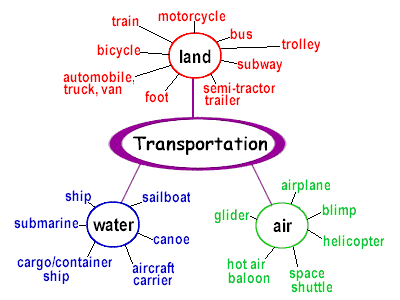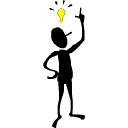
The Big 5 A teacher's guide to literacy in the classroom
Comprehension: the reason for reading
Being able to recognize sounds, parts of speech, read fluently and understand words are each important in their own right, but what would it all be for without comprehension? Comprehension, understanding and connecting to a text, is where we graduate from learning to read and begin reading to learn. It is a crucial and lifelong skill that allows us to follow procedures, collect information, make connections to prior knowledge, and to enjoy reading.
What am I looking for in a comprehending reader?
A reader who is understanding what he or she reads, must have more skills than simply being able to identify and recognize words in a text. A good reader should exhibit two important components; good readers are active and they are purposeful. Active readers think as they read, making sense of text and knowing when and where problems arise. Purposeful readers identify the reason for reading a certain text and use appropriate stategies and processes to make the reading process useful. Many students will need direct, explicit instruction in order to reconize and develop these abilities. With good instruction and practice, students can learn to become independent and in control of their reading experiences. If you're looking for a good starting place for comprehension instruction, the National Reading Panel (NRP) has done significant research and identified 6 strategies for good comprehension. These are outlined for you below.

NRP Comprehension Strategies
- Monitoring Comprehension: Students need to know and recognize when they do or do not understand as they read, then be able to identify and implement solutions (which should be taught explicitly and practied).
- Graphic and Semantic Organizers: Graphics organizers illustrate relationships among concept; semantic organizers also show relationships but are presented in a more dynamic format, usually resembling a web.
- Answering Questions: Students should have the opportunity to practice responding to teacher-generated questions. These questions give students a purpose for reading, reminds them to be active readers, and helps to focus their attention.
- Generating Questions: Teaching students to pull out key points and seek deeper understanding and then form questions promotes active and purposeful reading and requires them to put information together from multiple places in a text or their minds.
- Recognizing Story Structure: When students recognize what kind of a text they are reading it gives them meaning for reading, helps to determine what to look for while reading, and gives them practice with the various characteristics of different structures.
- Summarizing: Being able to synthesize the important pieces of a reading gives students practice using higher orders of thinking such as analyzing and evaluating, and requires them to actively read and recall information at the end.



Students should know and be able to use all 6 strategies, but in order to be good and effective readers, students should be able to independently identify and work with different strategies depending on context.
For classroom strategies and activities to teach and practice comprehension skills, read about QAR and Reciprocal Teaching here.